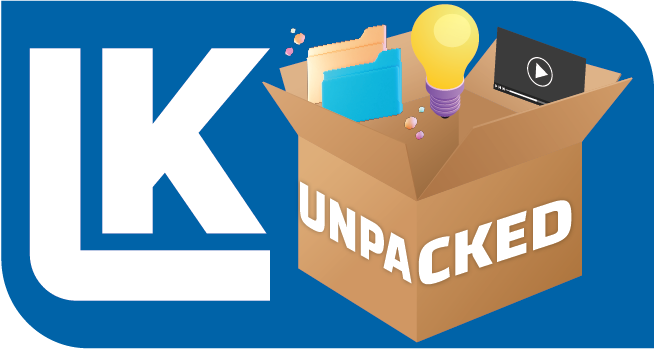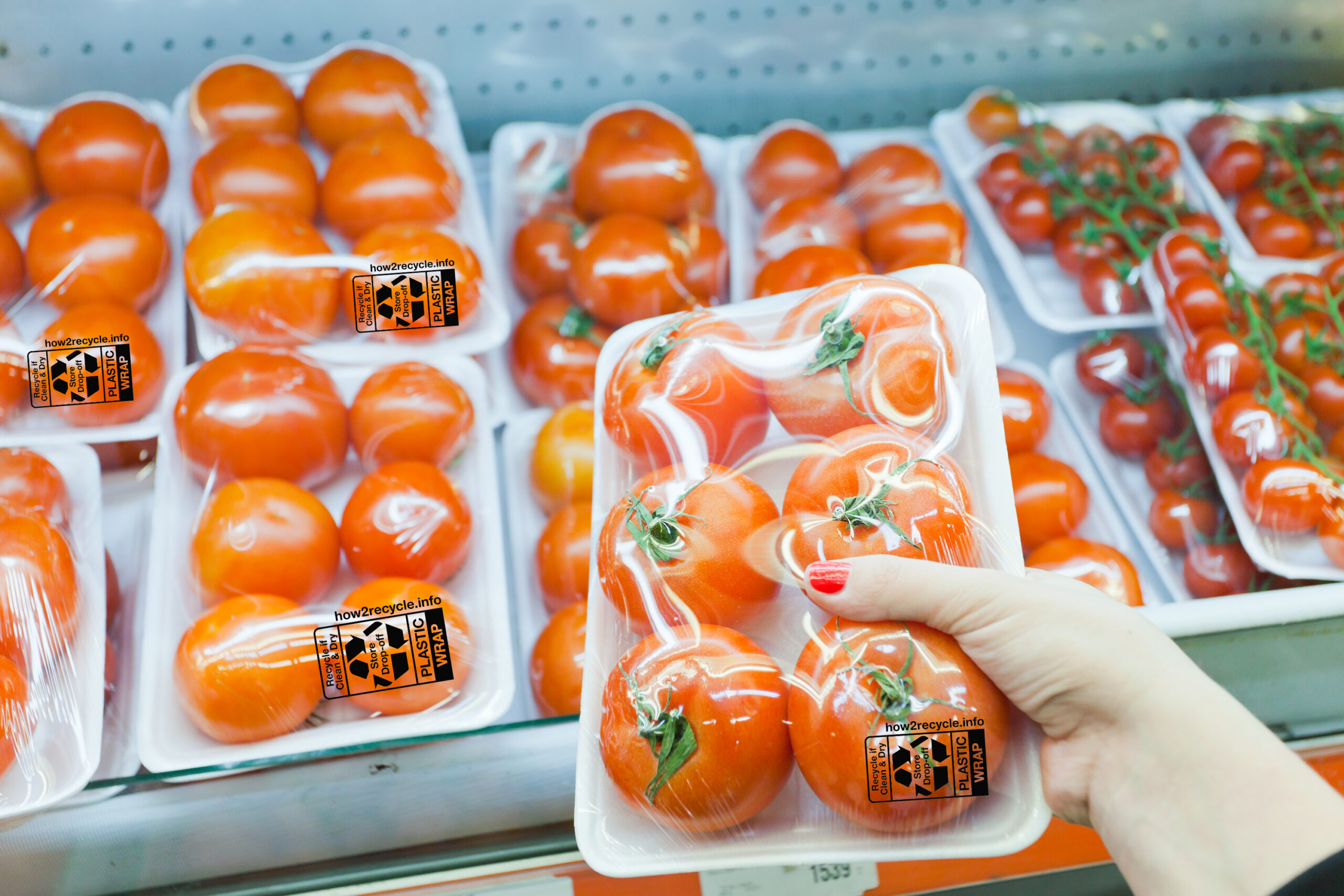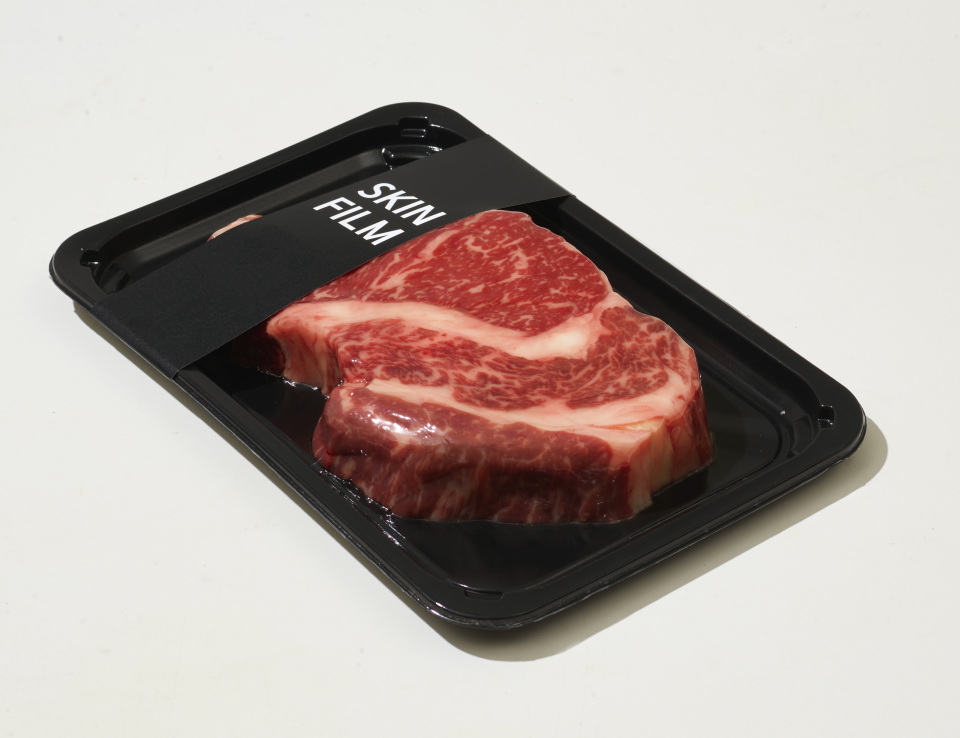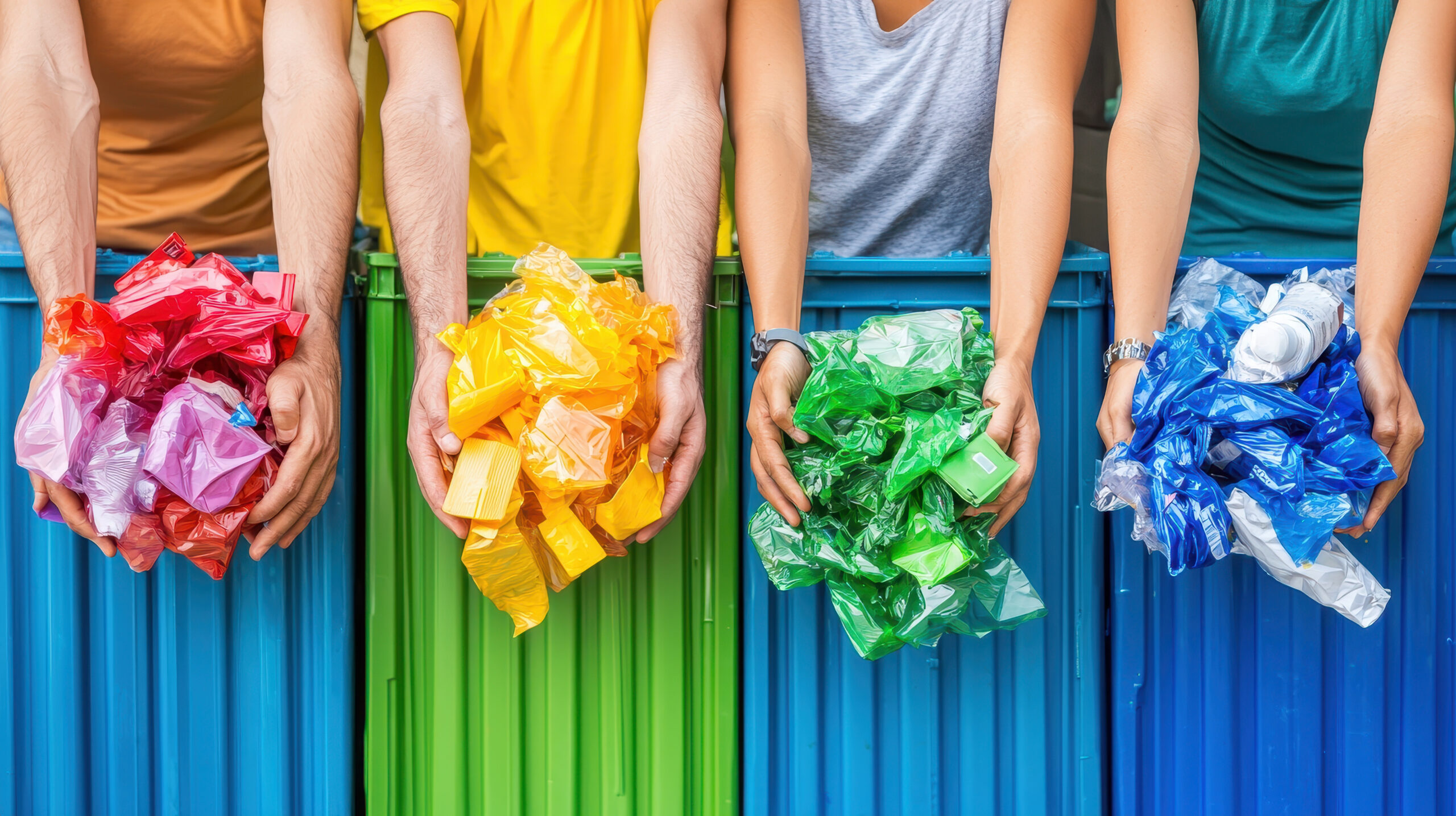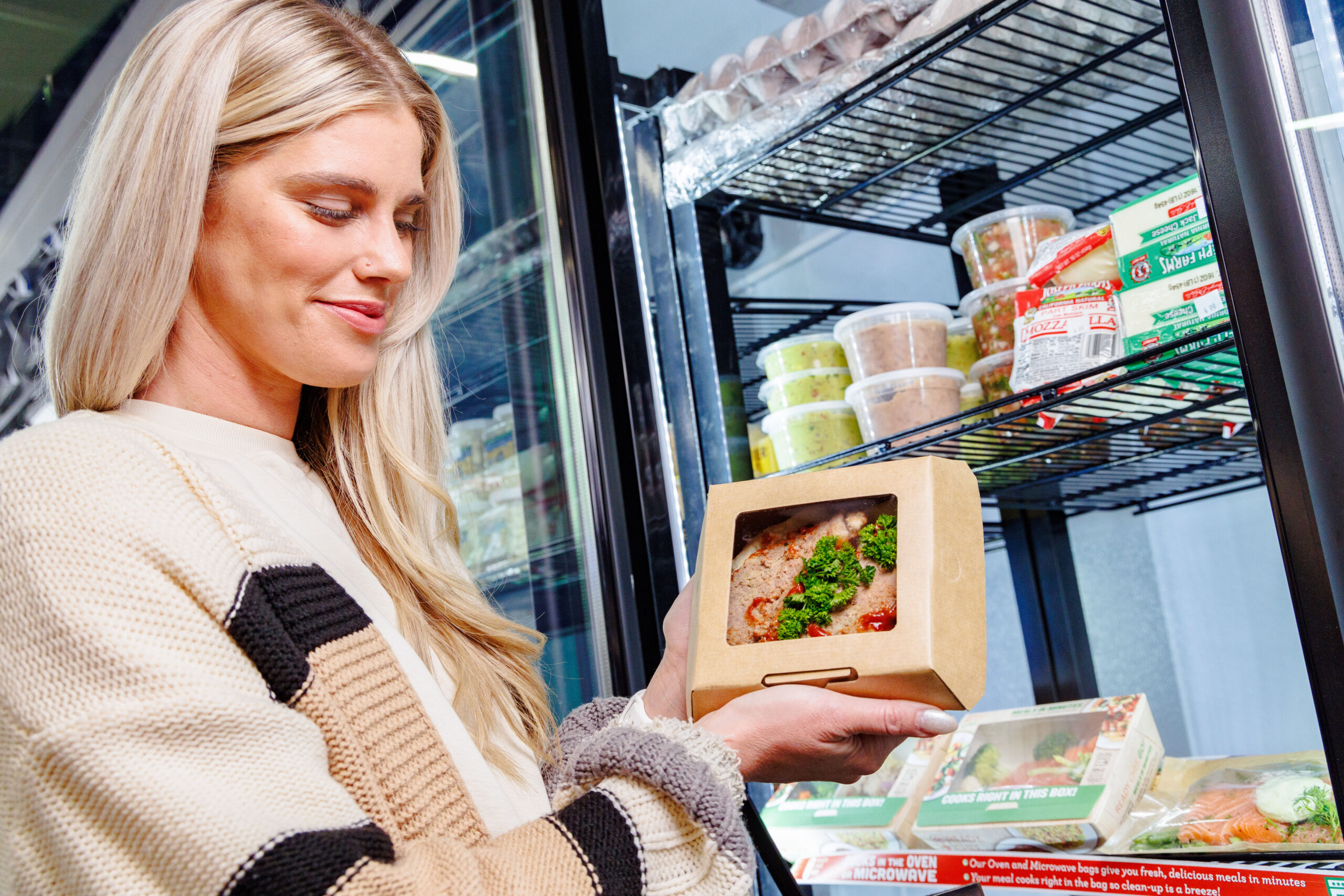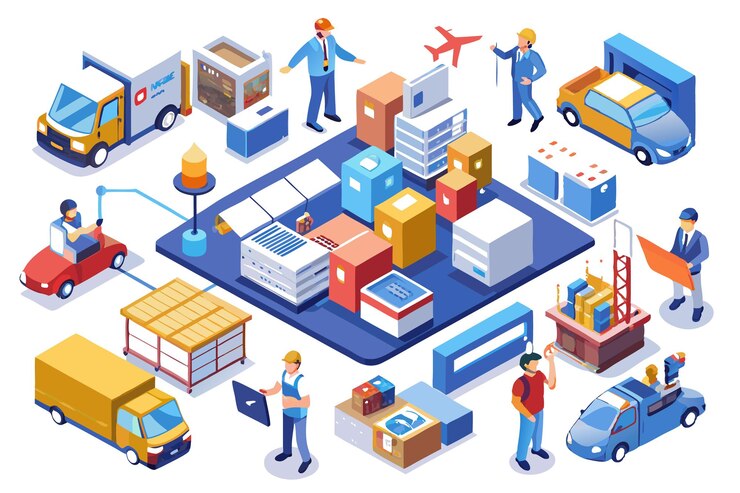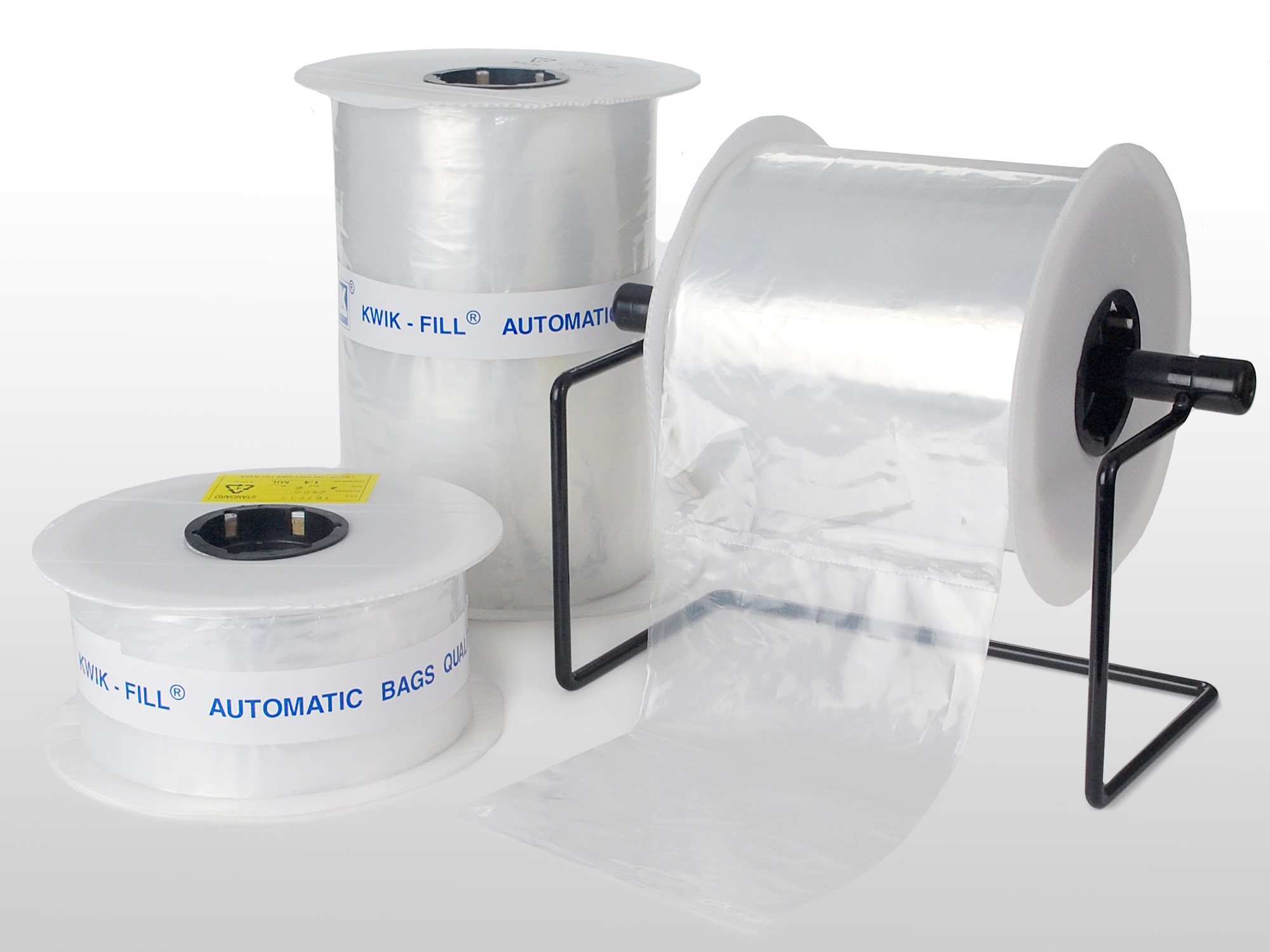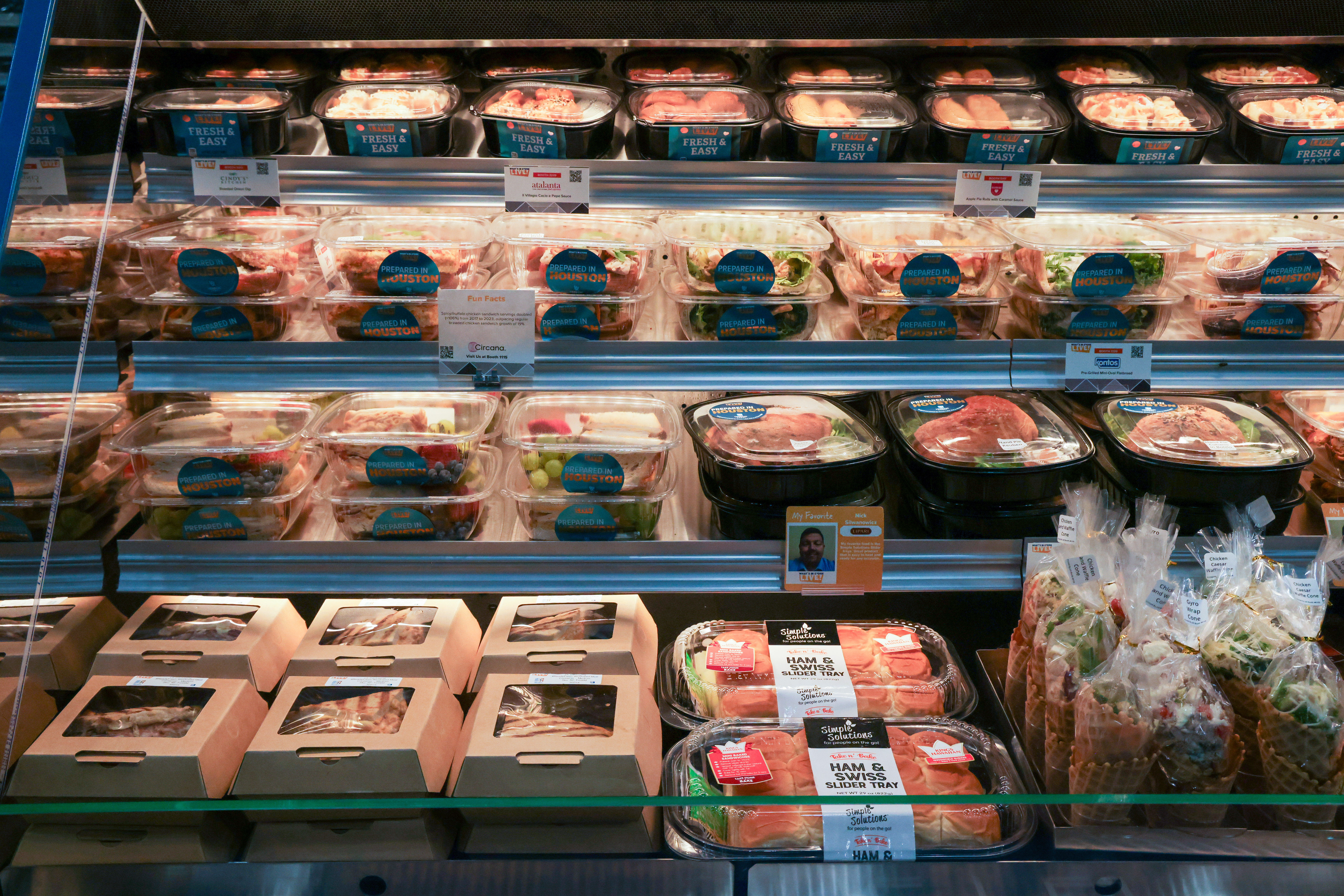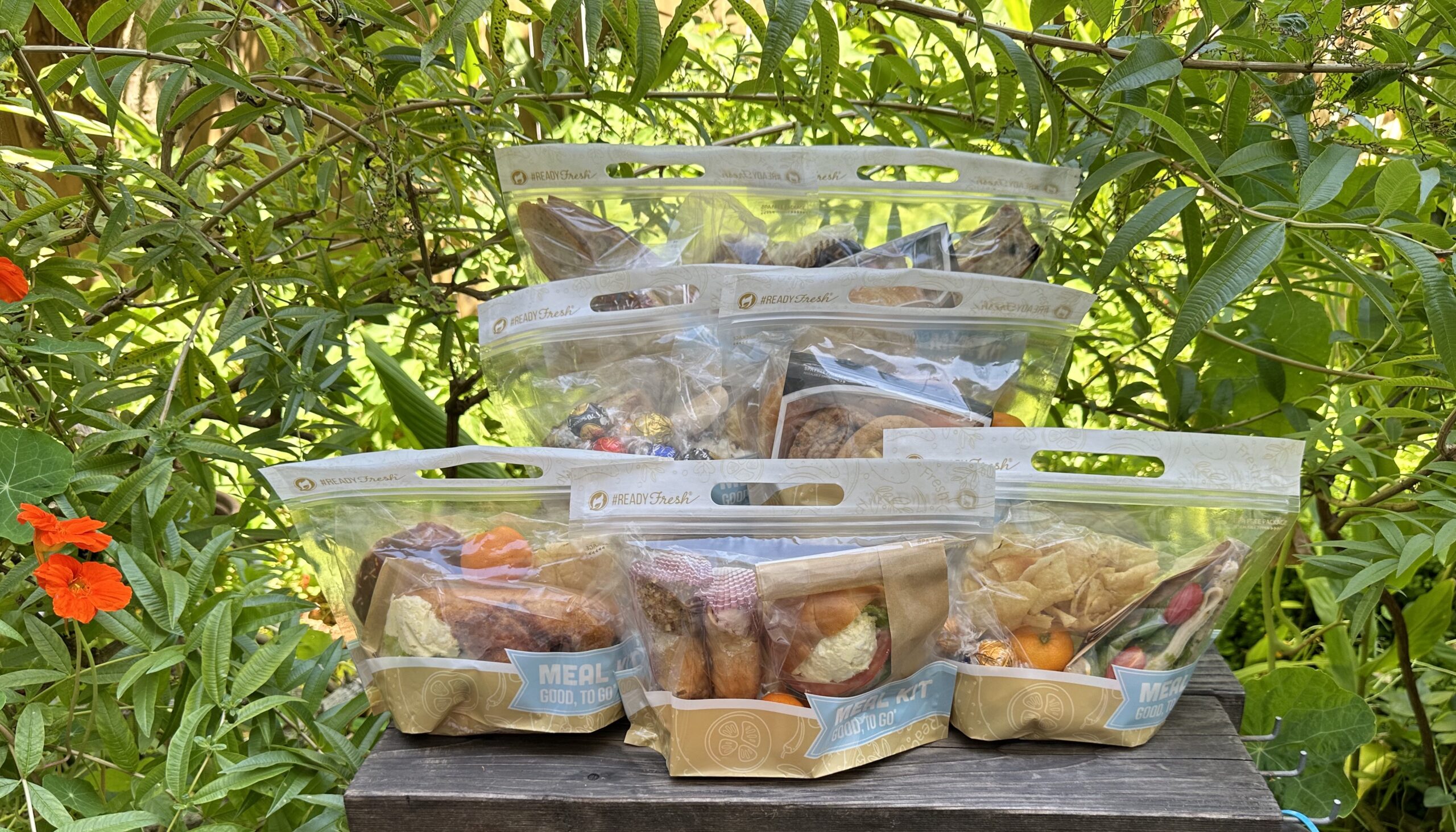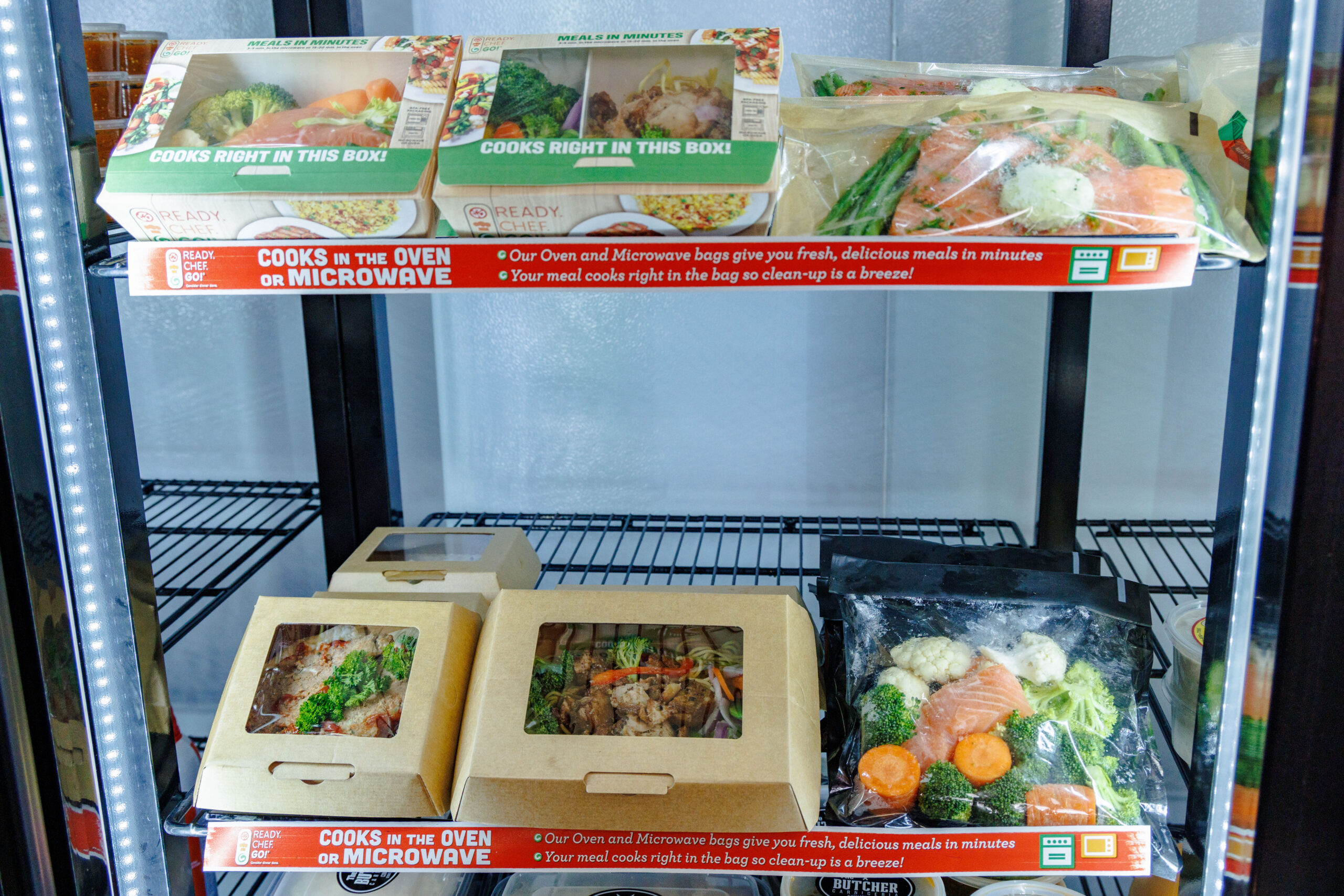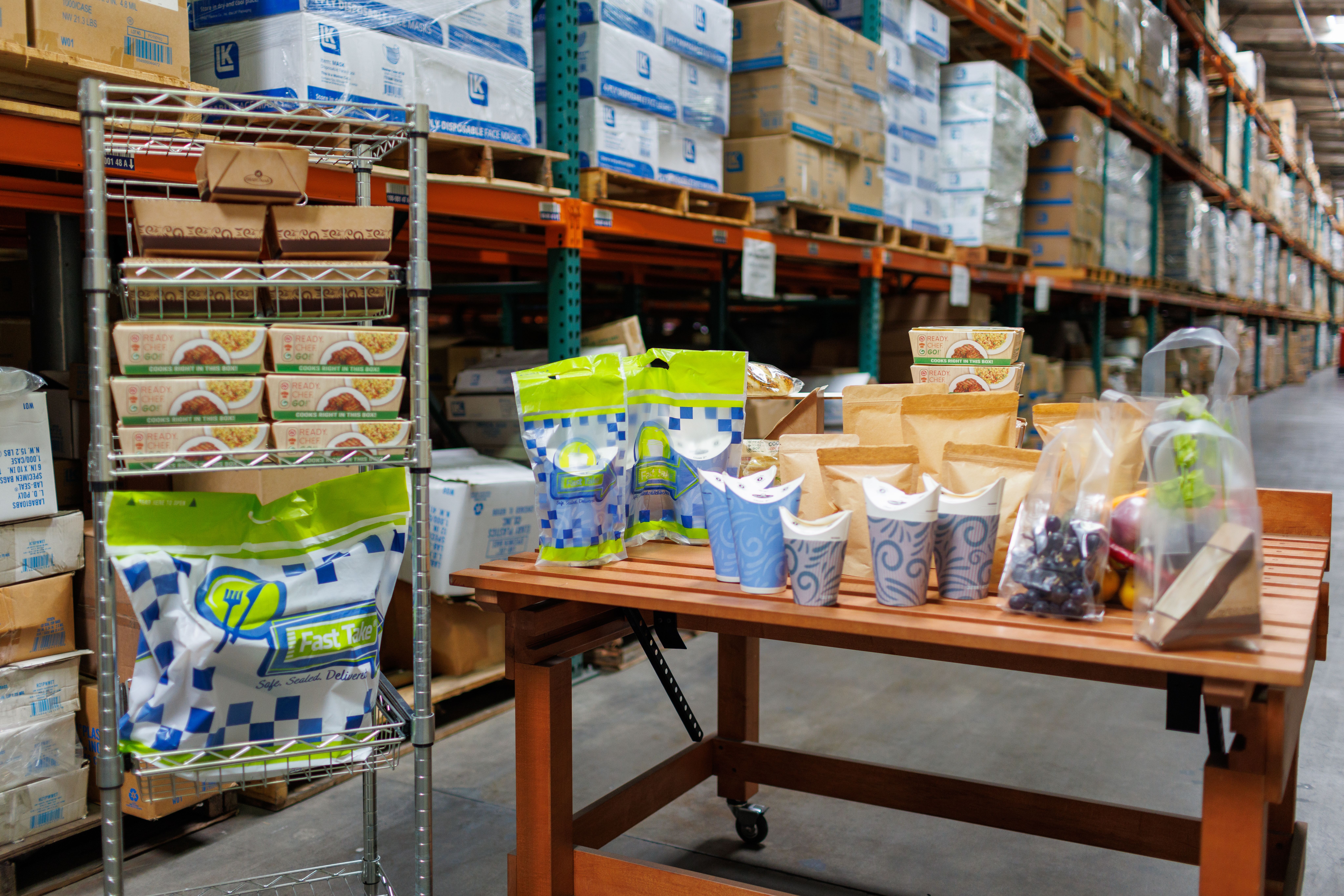PVC (polyvinyl chloride) stretch films are the most used plastic films for the packaging of fresh food and a popular choice for many other packaging applications. Despite PVC’s unmatched preservation properties for fruit and vegetables, meat and poultry, grains, and anything low in fat or acidity, its use has come under increasing scrutiny in several jurisdictions.
California Ban Could Begin in 2026
Most critically for North American food businesses, California’s State Assembly passed the Reducing Toxics in Packaging Act (AB 2761). This act includes a provision that would prohibit the manufacture, sale, or distribution of PVC packaging within the state, starting January 2026. Although the bill did not pass the Senate, it aligns with California’s broader efforts to reduce plastic pollution and its progressive stance on packaging regulations.
Similar legislation is expected to be reintroduced periodically in California’s legislature. Other states, such as New Hampshire, New Jersey, and Vermont, introduced comparable bills in 2024, reflecting a growing national trend towards banning PVC in packaging. This movement is not limited to the United States; countries like Canada, Spain, South Korea, and the Czech Republic have already implemented bans or restrictions on PVC in various applications.
The History and Utility of PVC
PVC films, or plastic wraps, made their way into food industry businesses beginning in 1933 when a Dow Chemical employee accidentally discovered PVC’s unique properties while cleaning beakers used in producing a dry-cleaning product. Initially, PVC films were developed as a protective coating to shield fighter aircrafts from corrosive sea spray. However, it soon became evident that PVC’s ability to form tight seals, its permeability to water vapor and oxygen, and its adhesive-like properties made it an ideal material for food packaging.
PVC films are primarily composed of polyvinyl chloride, a synthetic polymer derived from either ethylene or acetylene, which comes from methane. The polymerization process involves combining thousands of small monomer molecules into long, flexible chains, and incorporating plasticizers to make PVC suitable for use in food packaging.
Over the years, PVC films have evolved to meet the changing demands of the food industry and consumer preferences. While PVC remains the most common component globally, the industry has also explored alternative materials, such as polyethylene and polyvinylidene chloride.
Despite these competitors, PVC films continue to be a popular choice for fresh food packaging due to their excellent functional properties. They effectively preserve the organoleptic characteristics of food products, extending their useful life and minimizing food waste. This makes PVC films a sustainable choice for packaging, as they contribute to reducing the environmental impact of the food itself.
Preparing for a Post-PVC World
The attempts at banning PVC wraps in California and elsewhere serve as warning shots to the food preparation, delivery, and retail industry. There is no reason a potential widespread PVC ban should disrupt grocery, restaurant, and food processing operations. Still, businesses should begin seeking a PVC alternative with the looming bans. Luckily, there are several alternative solutions that offer many of the same qualities and benefits that PVC overwraps offer.
LK® Packaging suggests considering these factors in finding a more sustainable alternative to PVC:
- Regulatory Landscape: Stay informed about the latest developments in PVC food wrap regulations at both the federal and state/provincial levels.
- Supply Chain: Assess the impact of potential PVC bans on sourcing, production, and distribution as well as the viability and resilience of the supply chains servicing preplacement materials.
- Consumer Education: Communicate with customers about the reasons for changes to your packaging and the benefits of alternative materials.
- Cost Implications: Analyze the financial impact of switching to alternative packaging materials, including potential price differences.
- Material Substitution: Research and evaluate alternative packaging materials that meet food safety and environmental standards while incorporating the most important PVC qualities for your application.

PreservaWrap™: PVC’s More Sustainable Successor
As the global push for more environmentally friendly packaging solutions continue to gain momentum, the food industry is facing a critical juncture in its adoption of sustainable alternatives. LK has taken charge in this transition. LK has spent the past several years meticulously perfecting a polyethylene-based alternative that not only addresses these environmental concerns but also delivers exceptional performance.
The result of its tireless efforts is PreservaWrap, a non-PVC film that already has gained major attention and praise. It has the distinction of being the only film formulation on the market to be deemed fully recyclable by the Sustainable Packaging Coalition’s prestigious How2Recycle® certification program.
Designed to address the needs of processors and retailers PreservaWrap is more than just an environmentally conscious PVC alternative. It is “drop-in ready,” requiring no new procedures or expensive equipment upgrades. It simply replaces PVC rolls and sheets throughout the processing workflow, so transitioning from PVC-based wraps to PreservaWrap is simple, cost-effective, and non-disruptive. It delivers exceptional performance, keeping animal proteins and produce fresher for longer, demonstrating excellent stretchability, memory, and oxygen transmission.
Conclusion
LK’s rapid response to potential actions banning PVC food wrap marks the latest example of the company’s commitment to more sustainability, driven by a commitment to innovation that solves customer challenges and anticipates evolving regulations. Understanding that today’s businesses are increasingly focused on reducing their environmental impact, LK long has been a leader in bringing advanced materials and technologies to industry.
We collaborate closely with our customers to design customized packaging solutions that support their sustainability goals, whether through reducing waste, enhancing recyclability, or minimizing carbon footprints. By investing in continuous improvement, LK ensures its clients are equipped with the most responsible and effective packaging options available. Learn more about LK Packaging’s PreservaWrap today.
